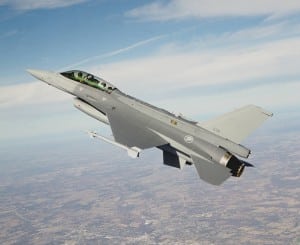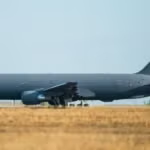
DAYTON, Ohio — A series of planned modernizations to the U.S. fleet of F-16 fighter jets has the Air Force looking for more depot space to make these upgrades, the F-16 program manager said Wednesday.The service last December released a request for information (RFI) regarding industrial depot capacity that will help take some weight off of space and personnel as it expects to keep the F-16 fleet flying through 2046, said Col. Jeff Gates at a program executive office fighter/bomber…

 By
By 











